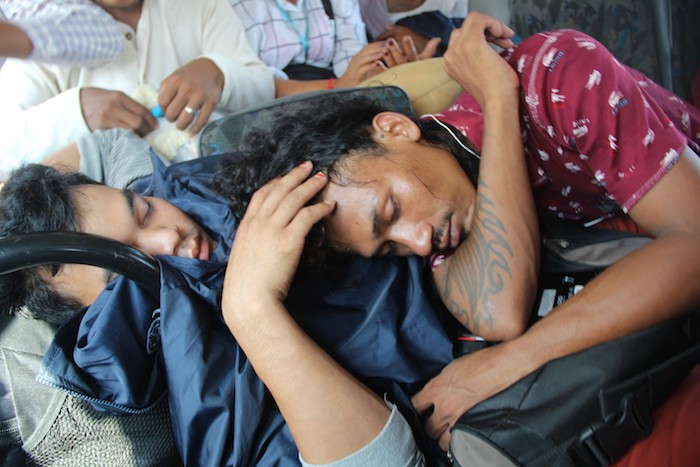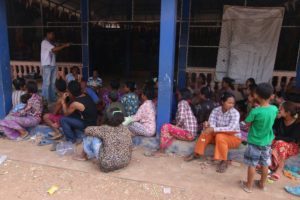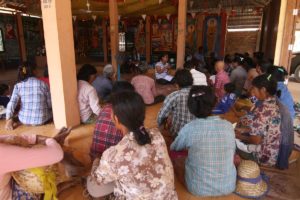Ending Modern Day Slavery
For an estimated 4 million Burmese migrants in Thailand with few job opportunities, the promise to work on a fishing boat — as a dockworker or in seafood processing facilities — is often too good to pass up. But this industry has some of the worst labor trafficking in the world.
As a labor rights specialist, I have spent the past 25 years working with grassroots organizations around the world fighting for workers’ rights.
However, nothing prepared me for what I encountered in March 2015, when I visited the port town of Mahachai, Thailand.
It is here that young men and boys from Cambodia and Burma are lured onto fishing boats with false promises and held prisoner — sometimes for years without touching land. They are unpaid, underfed and forced to work around the clock. Sometimes, they are beaten and chained to the boat after trying to escape. Others are sexually abused.
Once they reach land, they may be thousands of miles from home. Most feel too ashamed to return home and too scared to find other work.
We may be eating the fish they catch.
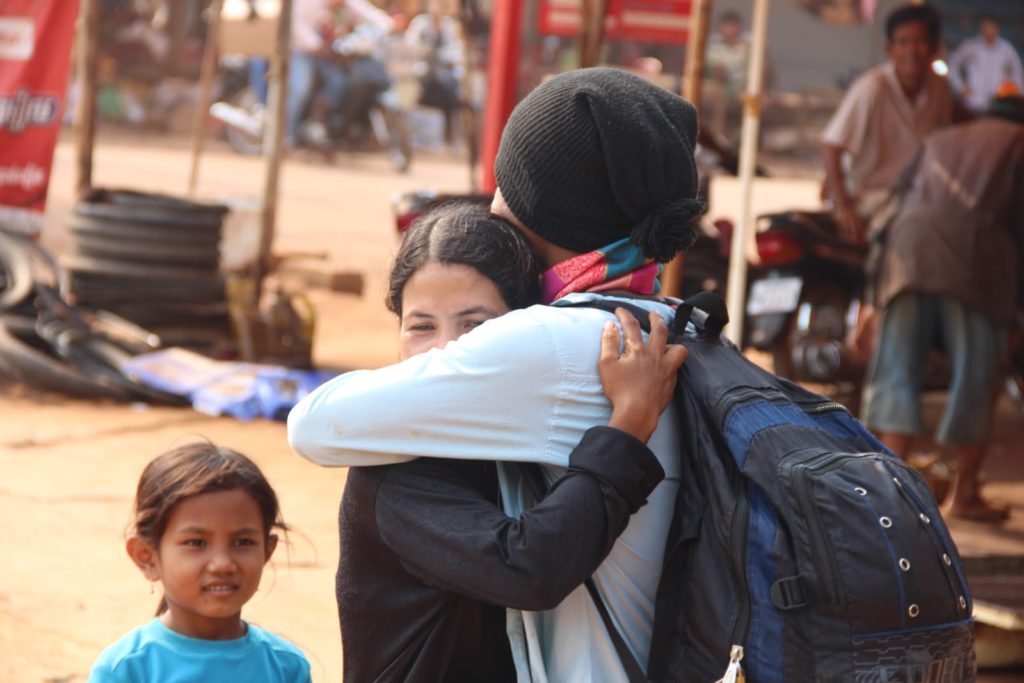
A Cambodian man is reunited with his sister after working on boats for six years without any contact. / Courtesy of CENTRAL
Through USAID’s partner Solidarity Center, I met a grassroots group that aims to help these men and many more migrant workers in other sectors.
The Migrant Worker Rights Network introduced us to several young Burmese workers — women and men — who told us stories of being recruited by unscrupulous middlemen and finding themselves in debt bondage in factories or on boats.
The Migrant Worker Rights Network has courageously exposed labor rights violations at seafood processing facilities that work for the largest U.S. retailers and translated these reports into global action.
They have also organized migrant workers into an informal trade union network. Many of the young Burmese workers I spoke with had agreed to pay fees to recruiters or middlemen to arrive in Thailand and were still working off their fees. But thanks to the efforts of the Migrant Worker Rights Network, these young women and men are now organized and negotiate with factory management for better pay and better working conditions.
A Regional Struggle
From Thailand, I went to Cambodia, where I met with another grassroots group, the Center for Alliance of Labor and Human Rights (CENTRAL), which has provided legal support in more than 1,000 cases involving exploited workers seeking justice.
The group’s lead labor attorney, Tola Mouen, told me they have secured settlements from labor brokers for survivors of labor trafficking who returned without pay after years of forced labor on fishing boats. There are over 1 million migrant workers in Cambodia. CENTRAL has helped these workers form their own worker organizations.
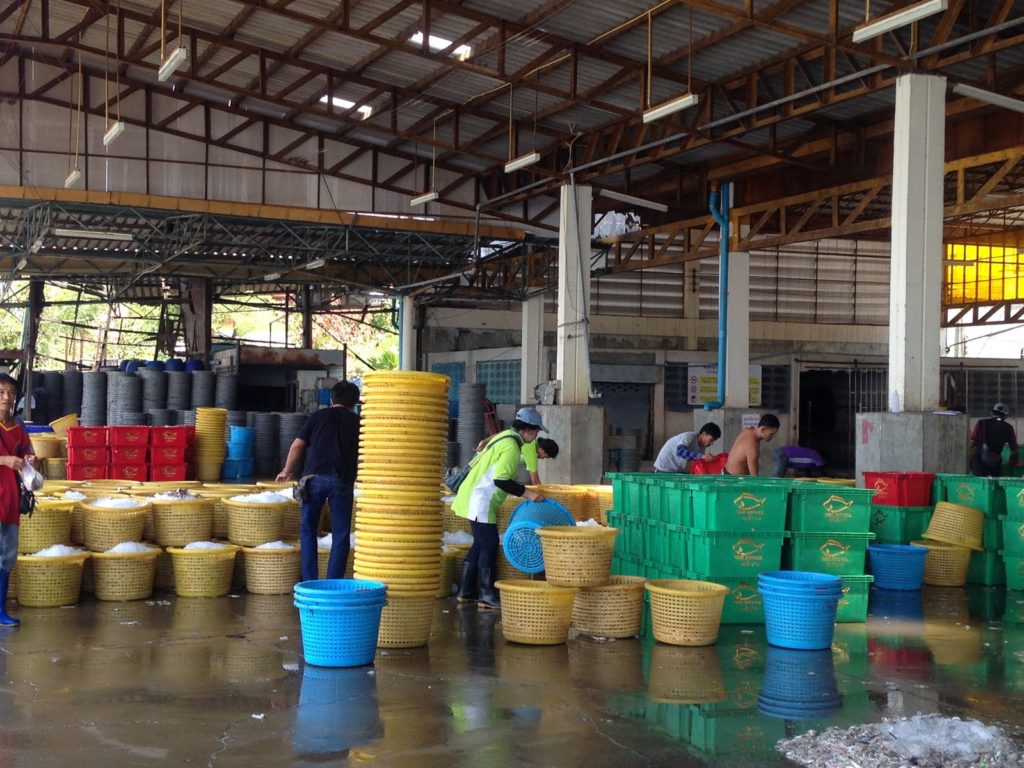
Workers unload seafood products at a dock in Mahachai, Thailand. / ILRF
While USAID’s support for organizations such as the Migrant Worker Rights Network and CENTRAL is critical, we need to do more.
The USAID-supported Supply Unchained initiative is one way we have stepped in to address the urgent issue of forced labor along the supply chain. Since its launch in 2015, the initiative has collected real-time data from individuals and grassroots organizations like the Migrant Worker Rights Network and CENTRAL to help identify human trafficking patterns and populations most at risk.
The International Labor Rights Forum partners with Supply Unchained to amplify the impact of this data through broader advocacy campaigns that engage major multinational corporations. This partnership enables the grassroots groups to have a greater impact — reaching beyond specific communities and across entire supply chains that affect thousands of workers globally.
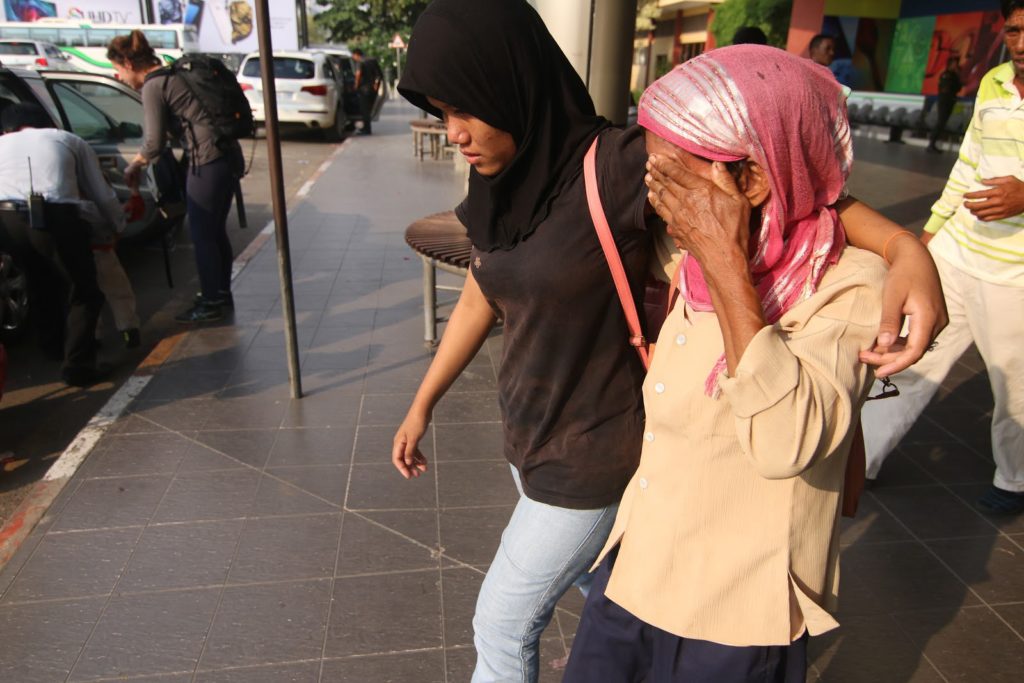
Les Saros, a 26-year-old maid, is reunited in 2016 with her mother in Cambodia after returning home from Malaysia, where she was jailed for six months because she had no official documents. / Courtesy of CENTRAL
Small and Large, Working Together to Make a Difference
Since my visit to Thailand and Cambodia in 2015, USAID has continued to deter human trafficking through awareness raising activities and behavior change campaigns in these countries.
However, we need to do much more, especially as we realize the scale of labor trafficking in the seafood supply chain and other sectors might be underestimated. USAID can play a unique role in bringing together the actors, large and small, for partnerships that can end human trafficking.
When I meet again with migrant workers who had been trapped working on fishing boats, I will be proud to tell them that USAID efforts are helping to prevent others from suffering the same abuses.
About the Author
Bama Athreya is a Labor and Employment Rights Specialist at the USAID Center of Excellence on Democracy, Human Rights and Governance.
Source: https://medium.com/usaid-2030/ending-modern-day-slavery-ed7548016a89


